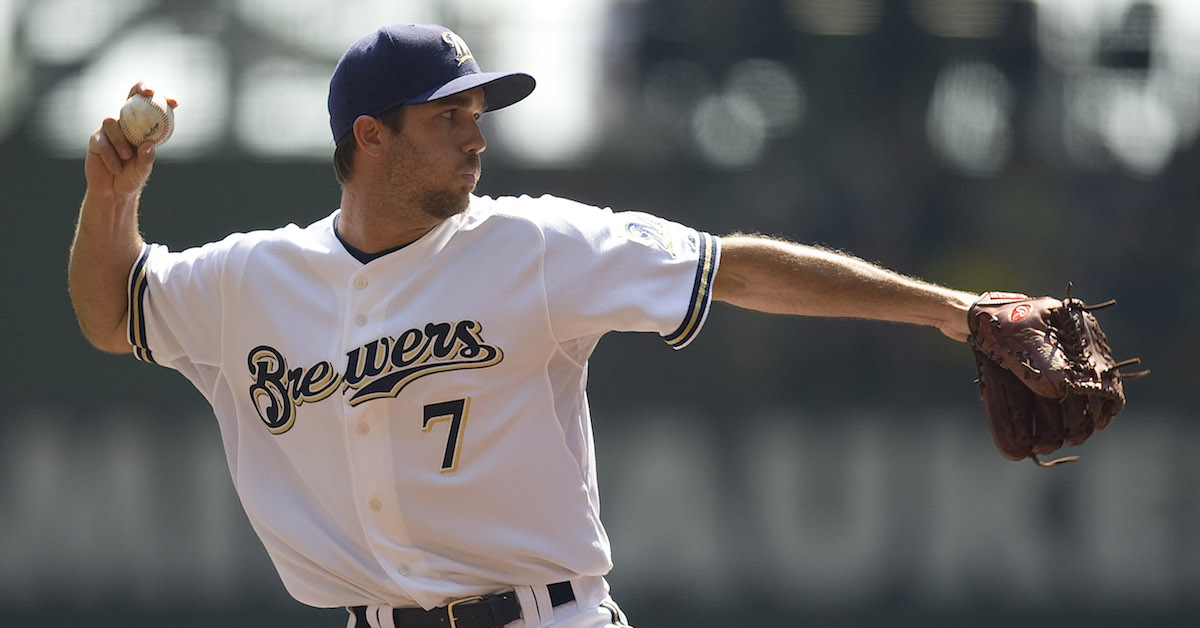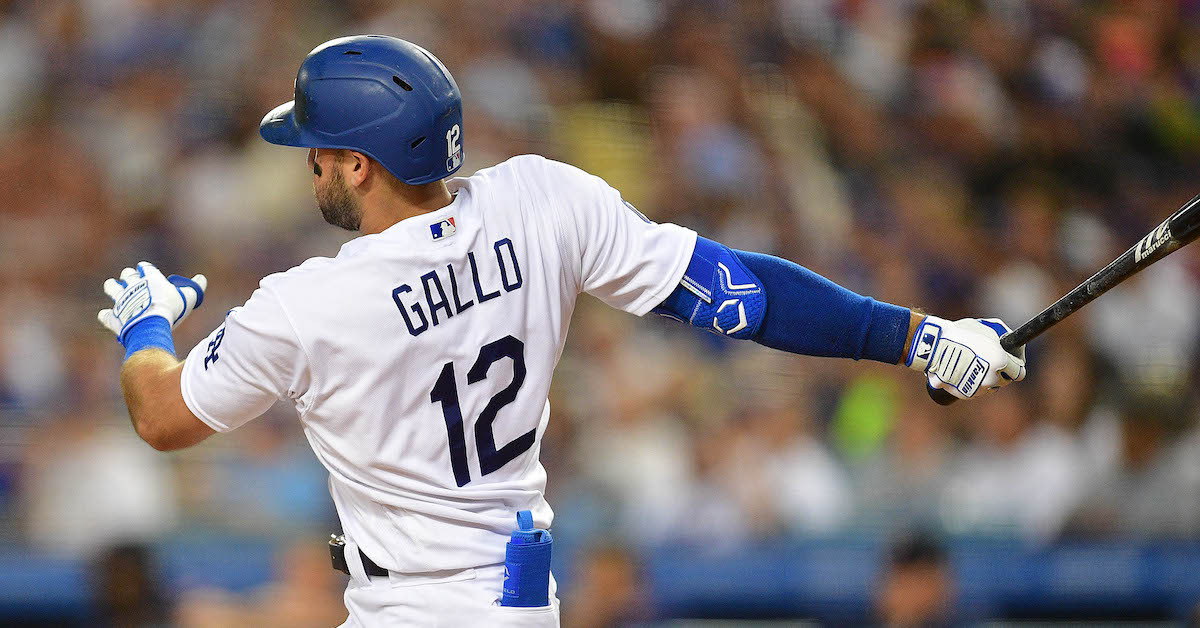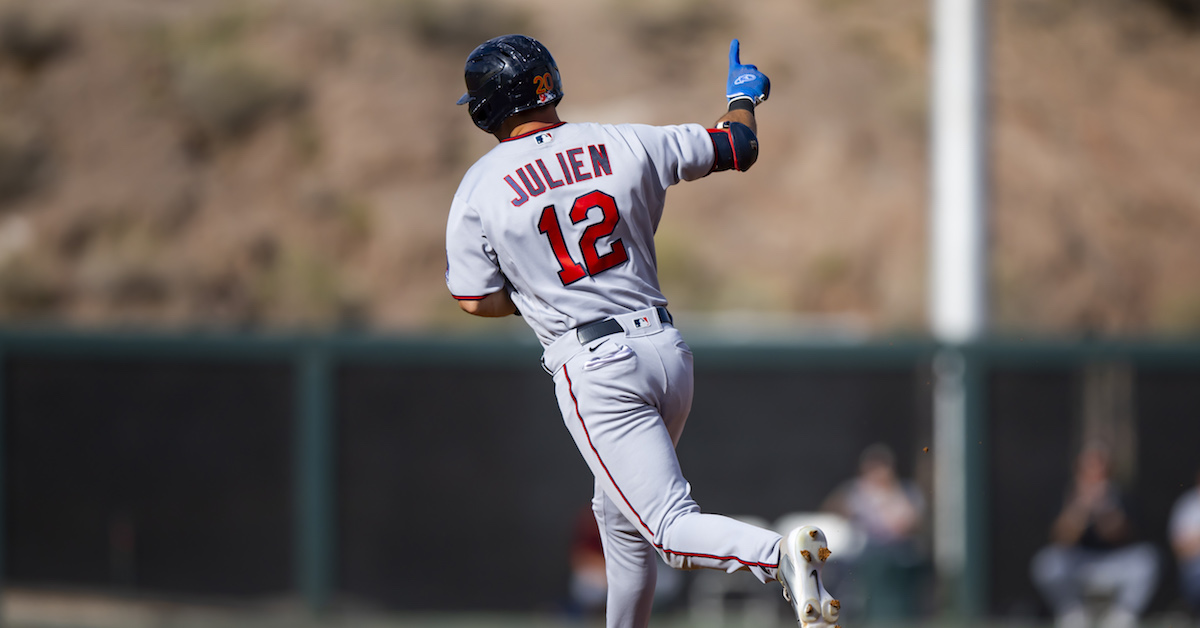Carlos Correa’s New New Deal Sends Him Back to Minnesota

Ah, yes, another turn in the Carlos Correa saga. After agreeing to a deal with the Giants that fell apart and then agreeing to a deal with the Mets that hung in contract limbo for weeks, Correa is on the move again, back to where he started 2022. As Jeff Passan first reported, Correa and the Twins have agreed to a six-year, $200 million deal with vesting options that could boost the total payout to $270 million over 10 years.
By now you know Carlos Correa the player. He’s been one of the top free agents on the market for two years running, and he’s been one of the most prominent players in the game for half a decade. We’ve written about his free agency plenty of times already. But if you’d like a refresher, here it goes.
Correa has a well-rounded offensive game, the type of hitter you can plug into the middle of your order and not think twice about. He takes his walks and rarely strikes out. He does that not because he has an otherworldly batting eye, but rather because he has a solid sense of the zone and a good feel for contact. It also helps that opposing pitchers prefer to avoid the zone against him, owing to his comfortably plus power. He also plays solid shortstop defense, somewhere between plus and excellent depending on which scout or defensive metric you listen to. Put it all together, and he’s an All-Star level player every year when healthy. Read the rest of this entry »






